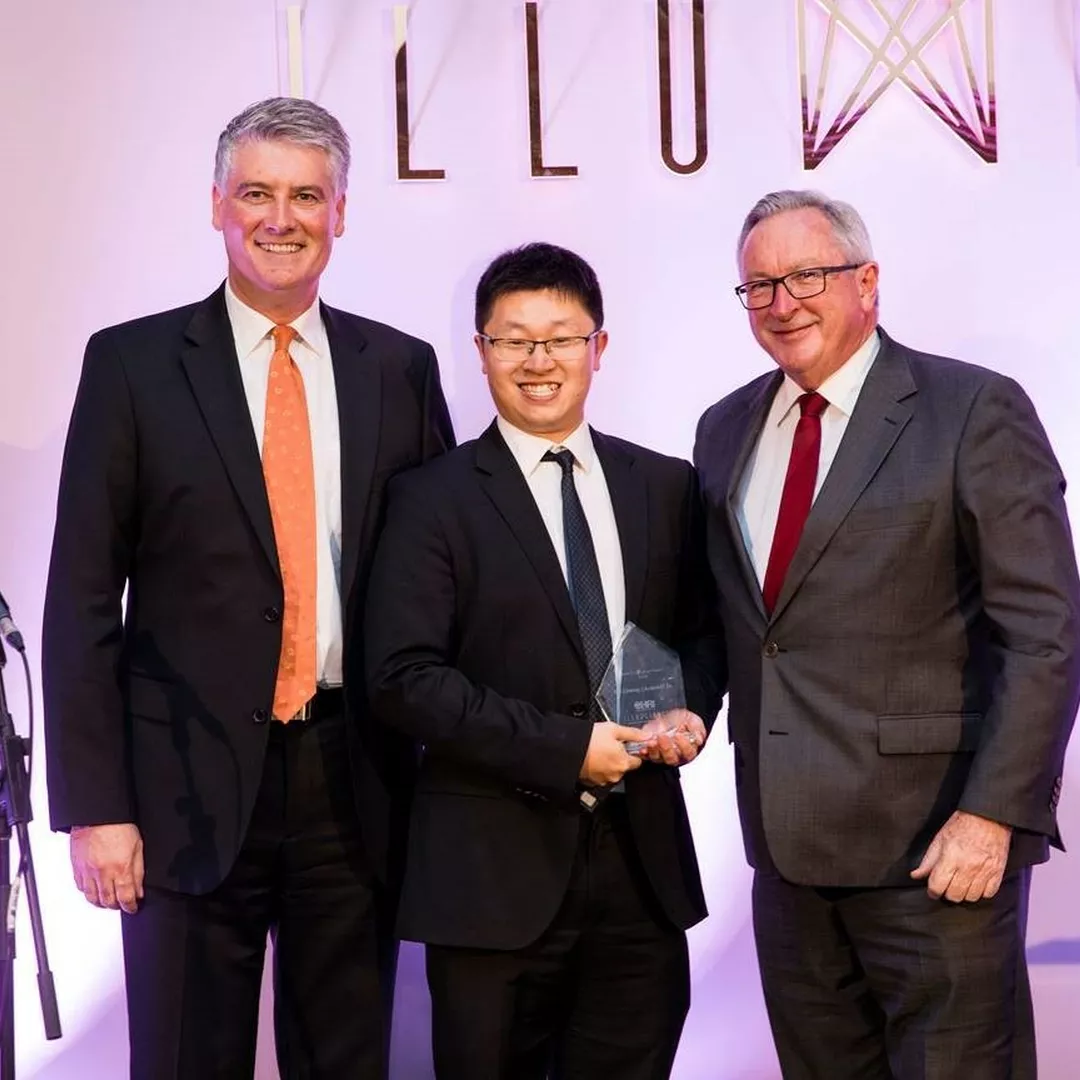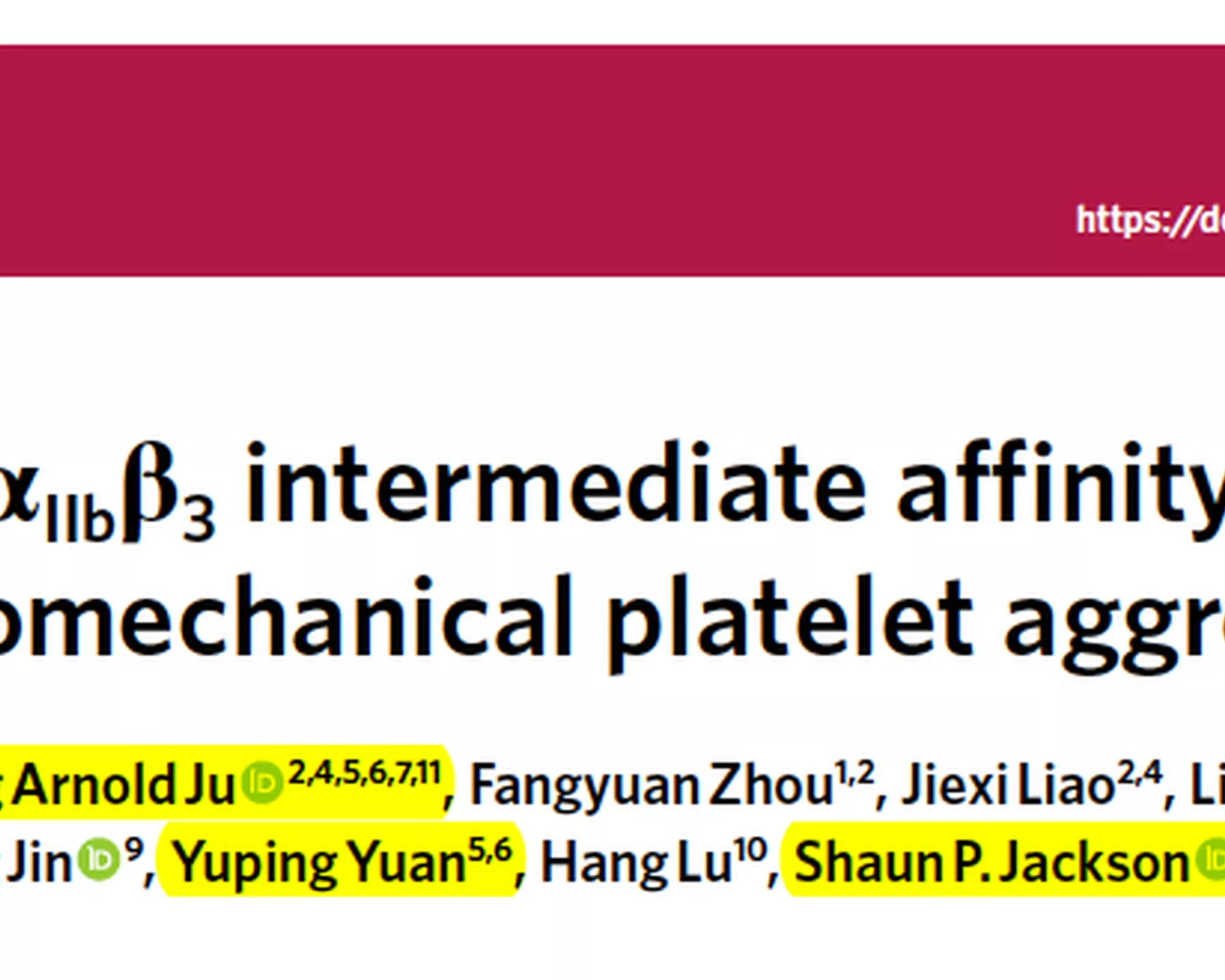When you nick yourself shaving, or slice your thumb while cooking, you can be thankful for integrins. These specialised proteins play a critical role in stopping bleeding that results from such injuries.
Following injuries like a nick or cut, platelets that utilise the binding and signaling functions of an integrin called glycoprotein IIb/IIIa, or αIIbβ3, swarm the wound and clump together, forming a ‘plug’ or clot to stop blood loss. This first stage of wound healing is called hemostasis.
However, this clumping of platelets can also cause deadly blood clots – thrombosis – which can lead to cardiovascular disorders such as heart attack or stroke.
Integrins are vital to cellular biological processes, such as growth and development. For example, cell attachment to the extracellular matrix (ECM) is a basic requirement in building a multicellular organism. Integrins basically facilitate how cells bind to and respond to their environment. They allow cells to cling to the ECM and to each other, and they are great communicators, transmitting bi-directional signals: inside-out, to activate the binding function; and outside-in, allowing the cell to sense and react to the extracellular environment. The integrin can instruct the cell.
Despite the importance of these processes, the underlying mechanisms remain poorly understood, which is why an international team of researchers has been exploring integrins to better understand their role in haemostasis and thrombosis. The team is led by Professor Shaun Jackson (co-senior author), Dr Lining (Arnold) Ju (co-lead author) and Dr Yuping Yuan (co-author) from the Heart Research Institute (HRI) and Charles Perkins Centre at The University of Sydney, as well as HRI collaborators and visiting scientists Professor Cheng Zhu (co-senior author) from the Wallace H. Coulter Department of Biomedical Engineering at Georgia Tech and Emory University, Dr Yunfeng Chen (co-lead author) from the Scripps Institute, Professor Dayong Jin and Dr Qian Peter Su (co-authors) from UTS.
Their research has been published in the prestigious journal Nature Materials.
This research used the dual biomembrane force probe technology developed by Dr Ju and the team as well as fluorescence biomembrane force probe, combined with microfluidic perfusion assays, and applied precisely controlled mechanical simulations to platelets, identifying an intermediate state of integrin αIIbβ3, whose characteristics are all intermediate between the well-known inactive and active states.
The work reveals distinct integrin state transitions in response to biomechanical and biochemical stimuli, identifying a role for the αIIbβ3 intermediate state in promoting biomechanical platelet aggregation. Using a microfluidic channel that mimics blood vessel stenosis, the researchers could actually see thrombus formation as it happened.
“Our finding may offer hope, especially to diabetic patients, since diabetic platelets are more prone to biomechanical activation and resistant to conventional anti-clotting drugs. Targeting biomechanical pathways may also have the advantage of preventing deadly clots without bleeding side effects. Since diabetes represents one of the biggest threats to the Australian health system, this discovery sheds light on protecting vulnerable diabetic individuals from heart diseases,” says Dr Yuan, a Senior Research Fellow at HRI.
References
Other researchers on this multi-disciplinary project were: Fangyuan Zhou and Jiexi Liao (graduate student researchers in the Zhu lab at Georgia Tech); Lingzhou Xue (Penn State University); and Hang Lu (Petit Institute researcher, and professor in the School of Chemical & Biomolecular Engineering at Georgia Tech).
Funding acknowledgment: L.A.J. is an Australian Research Council DECRA fellow (DE190100609) and a former National Heart Foundation of Australia postdoctoral fellow (101798).
Header image L to R: Professor Shaun Jackson, Director of HRI; Dr Arnold (Lining) Ju, ARC DECRA at AMME/HRI; The Hon Brad Hazzard, NSW Health Minister, MP.


